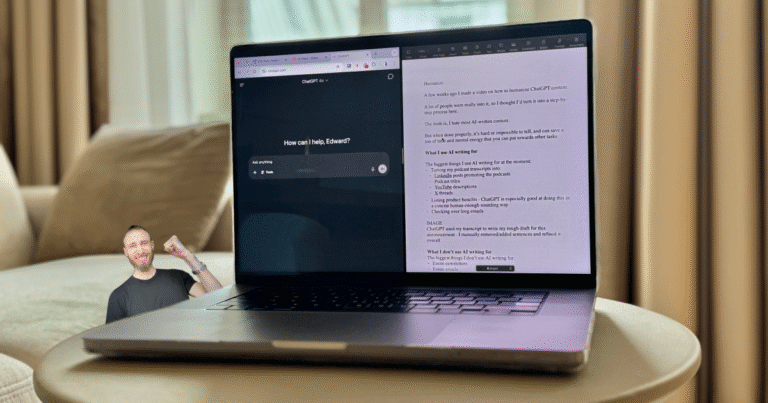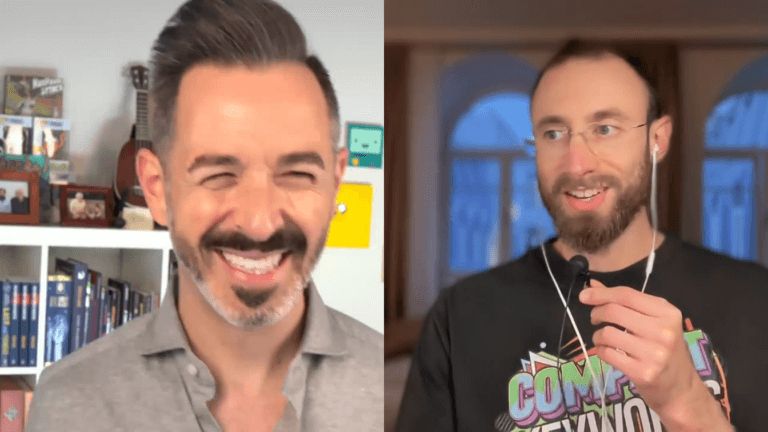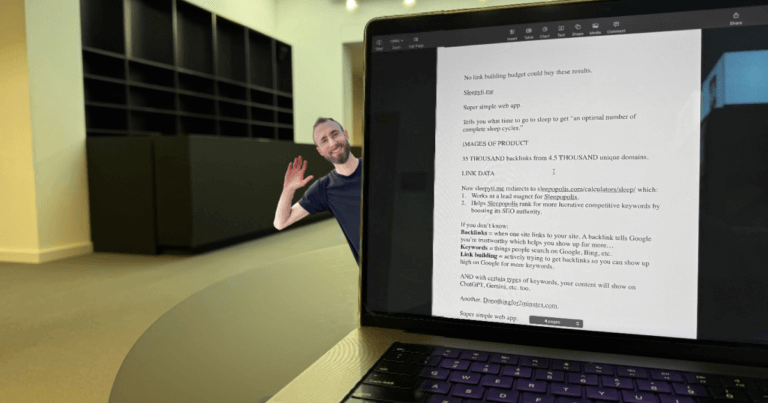At the beginning of this year I wrote about how I wanted to rank #1 on Google for “growth hacking newsletter.”
Now I am consistently ranking #1 on Google for “growth hacking newsletter.”
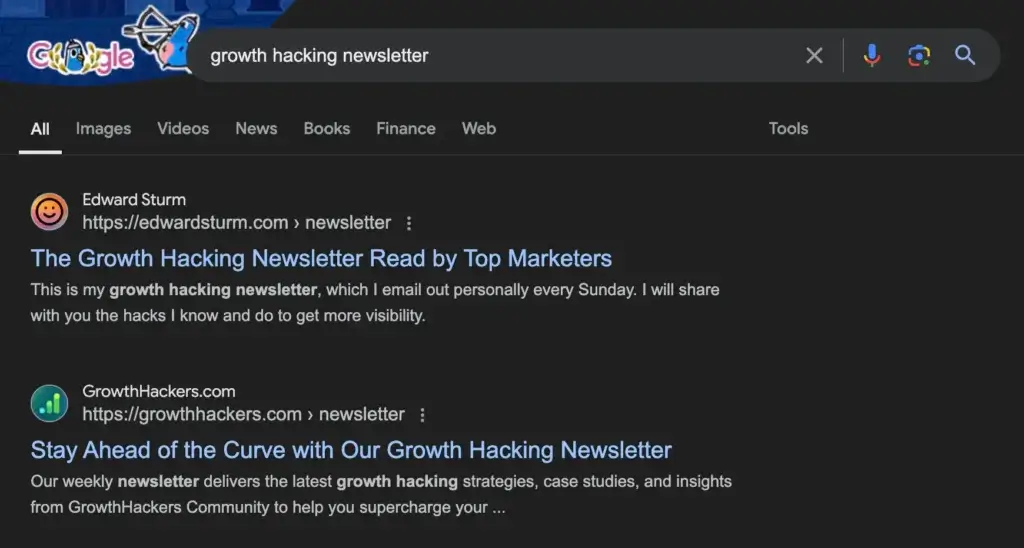
This is exactly how I did it.
But first – to establish the playing field – there was some competition I had to overcome.
The competition was this:


It was the previous holder of my #1 position.
It has “growth hackers” in the URL, page title, meta description, and alt text. It uses the word “newsletter” too.
It has nearly twice as much SEO Domain Authority as me. At the time of writing, it has 67/100 whereas I have 34/100. Also, its individual newsletter page authority is 40/100, whereas mine is 26/100.

So it was not a guaranteed victory.
But here’s why I thought I could beat it.
- None of the pages ranking on Google were targeting the exact keyword directly. As this is something people search (a lot more people than one would expect) I said, I’ll do it.
- The Growth Hackers page, previously ranking #1, didn’t have much on it (as you can see from the screenshot of the page above). I believed it wouldn’t take much for me to create a page with a lower bounce rate. Also, with a better page title I believed I could have a higher clickthrough rate. These are two metrics Google deeply cares about.
So, my dear readers, here’s what I did, and it did not take me very long.
I pretty much left my newsletter landing page the same, actually.
Seriously. I barely changed anything.
All I did was:
Directories
I Googled “newsletter directories” and submitted my newsletter to a bunch of these directories with a description including the terms “growth hacking” and “newsletter.”
The Growth Hackers page I was competing with likely had links just like this too, given its niche. But what I did is I created a better mousetrap.
On-page optimization
I added “growth hacking newsletter” to my existing newsletter landing page in the:
- Page title.
- Meta description.
- Alt text.
- Body text.


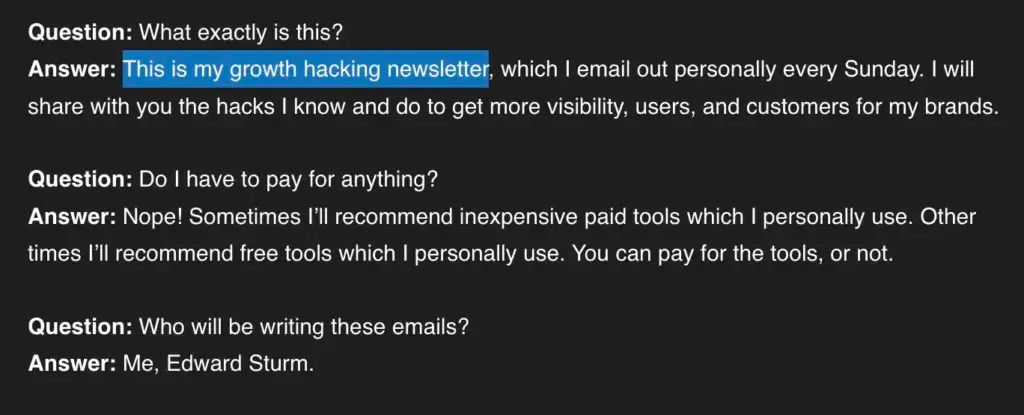
Once these things were done, I submitted my changes to Google Search Console.
Then I began tracking the keyword in my SEO software.
Here’s what happened.
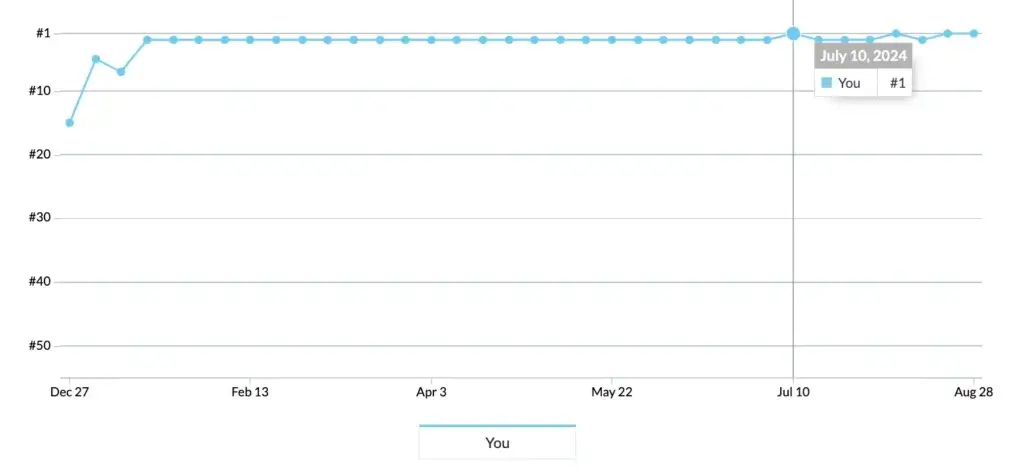
Each bullet is a week.
Right after making the changes, I showed up on page two of Google. The next week, I was on page one of Google.
On the 4th week, I ranked #2 for my keyword.
It stayed like this until July 10—I didn’t make any further optimizations during this time.
Then, on July 10th, again, without me doing anything extra, it ranked #1. Then it fluctuated.
Now it is back at #1.
Given my page is more optimized for the keyword, likely has a lower bounce rate and higher clickthrough rate than the competition, I expect it to stay like this.
And that’s how I did it.
All in all, putting together this write up about how I did it has taken more time than actually doing it.
Thanks for reading!



